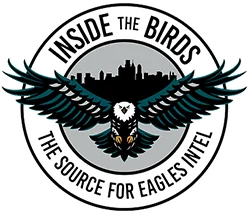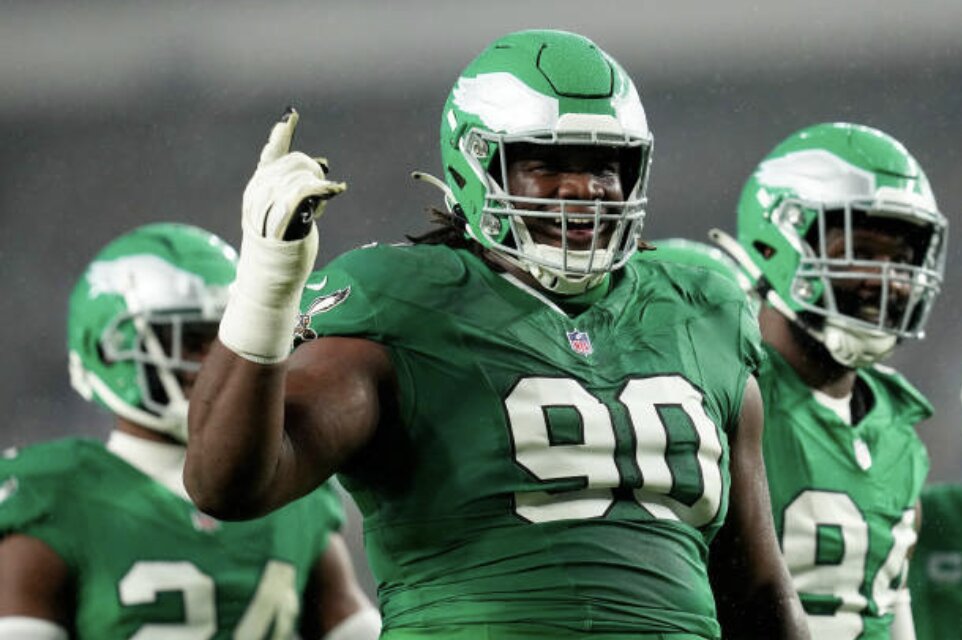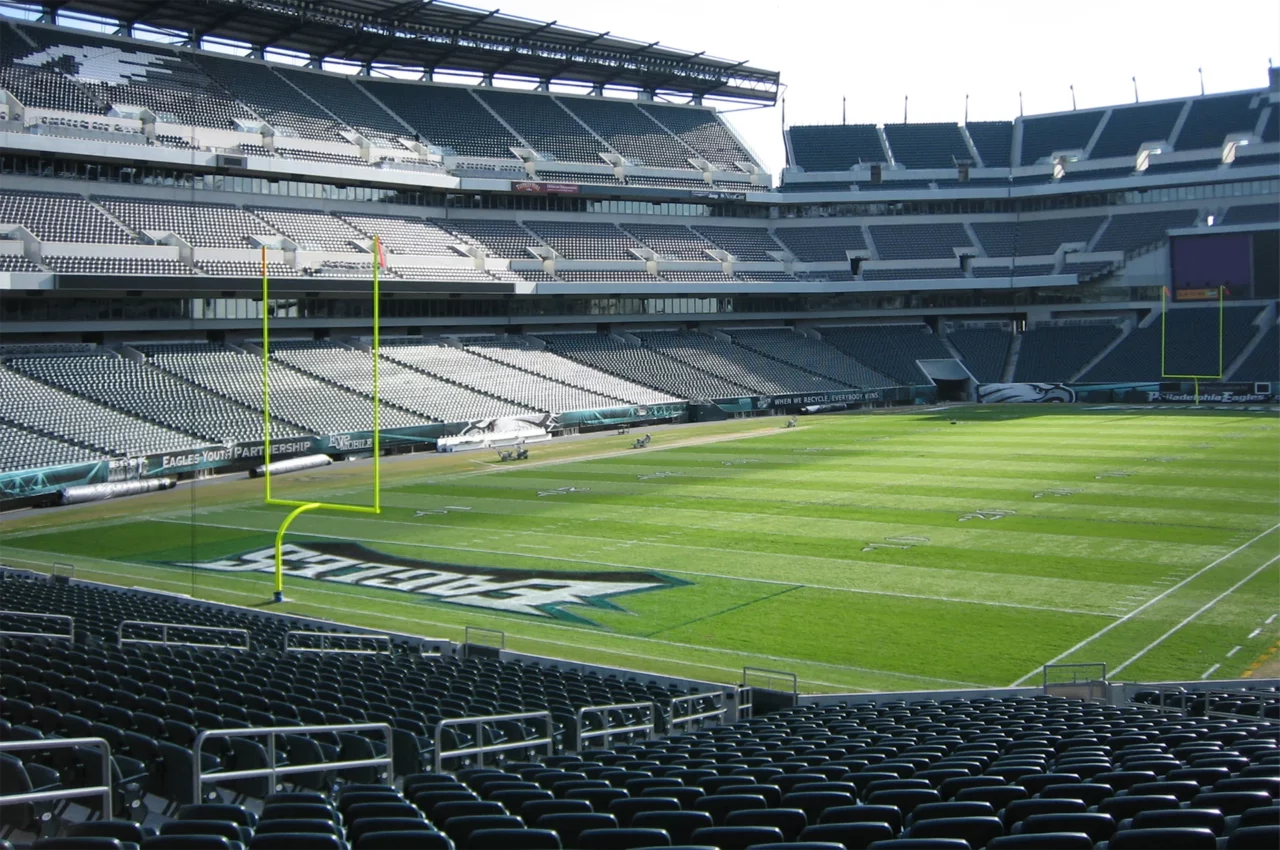NFC East Outlook: Fierce Pass Rush Emerging In Washington
A perpetual NFC East cellar dweller, this year’s Washington Redskins can only hope that 2020 brings them more fortune than recent years.
New head coach Ron Rivera, heralded for being a brilliant defensive mind, became the 30th head coach in franchise history on New Year’s Day. In addition to bringing in former Carolina Panthers quarterbacks coach Scott Turner to be offensive coordinator, Rivera also hired well-traveled defensive mind Jack Del Rio as defensive coordinator. The trio brings an aggressive mindset, fresh ideas, and an inherent ability to adapt scheme to personnel.
Coaches can only take teams so far, however, and much of Washington’s potential is contingent upon quarterback Dwayne Haskins making a sophomore leap. Although his shaky offensive line hardly portends sustainable long-term success, Haskins has no shortage of playmakers at his disposal.
With many unknown variables in prominent roles, how does fresh-faced Washington’s roster stack up in 2020?
(Ron Rivera is hoping to reshape the culture in Washington, which hasn’t won a postseason game since 2005. He inherits one of the NFL’s best defensive lines.)
Offensive Concept
Rivera opted against retaining Kevin O’Connell as offensive coordinator, replacing him with Turner. While Rivera’s familiarity with Turner likely contributed to the hiring, Turner’s track record of maximizing production from his players and keeping the scheme simple was also likely the primary reason.
In his video conference, Turner advocated for quarterbacks identifying favorable matchups at scrimmage and capitalizing on 1-on-1 matchups at the right time. Turner also specifically named Steven Sims, J.D. McKissic, and rookie Antonio Gibson when asked about those whose talents he would look to exploit through creative scheming. All three offer game-breaking speed, explosion in space, and versatility to line up all over formations. Expect to see some fireworks from the Washington offense.
Defensive Concept
The new-look Washington defense will likely transition to a 4-3 defensive alignment under defensive coordinator Jack Del Rio. While the previous regime opted to deploy Montez Sweat and Ryan Kerrigan in coverage out of necessity — effectively minimizing their pass rush impact — Del Rio plans to have them rush at a higher frequency, taking advantage of their innate ability to pressure the quarterback.
Overall, expect to see a substantially more aggressive, faster-flowing, attacking style of defense that finally has the opportunity to maximize the potential of its greatest strength. The 4-3 will be Washington’s base, but Del Rio has demonstrated a propensity to utilize sub packages often to make best use of depth.
Biggest Strength
The numbers might indicate otherwise but when assessing Washington’s diverse contingent of pass catchers, there’s enough youth and upside at the position to suggest the unit could spearhead the offense in 2020.
Terry McLaurin, who nearly eclipsed the 1,000-yard barrier as a rookie, is poised for NFL stardom and will serve as Washington’s primary passing option, while Kelvin Harmon, Trey Quinn, rookie Antonio Gandy-Golden, and Steven Sims Jr. offer an intriguing blend of size, speed, and versatility. If Haskins can build on a turbulent first season and take the next step in his development, the Washington receiving corps could surprise some folks.
Not only does Washington boast the most formidable defensive front in the NFC East but also quite possibly across the entire NFL – a unit that already consisted of blue-chip defenders with a common primary skill set of getting after quarterbacks even before the addition of Ohio State’s Chase Young, the No. 2 overall pick.
Make no mistake, the unit is far from top-heavy. Ryan Anderson, Tim Settle, Jordan Brailford, Caleb Brantley and Treyvon Hester are some of the names expected to factor as key reserves.
Biggest Weakness
Washington’s most glaring weakness on offense remains on the offensive line, and I’m not sure there’s a close second.
Right guard Brandon Scherff is the unit’s strongest member and Morgan Moses is an adequate starting tackle, but beyond that, the trenches are long overdue for a revamp.
The team selected former LSU guard Saahdiq Charles and San Diego State center Keith Ismael in April’s draft. Both players have inconsistent technique that need refining before they can be considered viable.
On the defensive side, it’s hard not to view the safety position as a legitimate concern. While Landon Collins is a strong box player and acts as a hybrid linebacker for run defense, he doesn’t have much versatility to his game and can appear overmatched in coverage.
Free safety Sean Davis possesses a similar skill-set, albeit to a lesser degree. The immediate reserves — Deshazor Everett and Jeremy Reaves – offer little outside of their third-phase responsibilities.
On the Rise
Steven Sims Jr./WR: Sims, a former undrafted free agent from Kansas that made the final roster outright in 2019, was recently seen putting in some quality on-field work with Haskins. While making his mark as a returner as a rookie – he averaged 25.6 yards on 32 kick returns – Sims also hauled in 34 receptions for 310 yards and four touchdowns. After establishing a budding rapport with Haskins, Sims has the speed and route-running prowess to perhaps push for the slot role this summer.
Jimmy Moreland/CB: One of my favorite defensive backs in the 2019 NFL Draft, largely due to his competitiveness, toughness, and ball skills, Moreland projects as Washington’s starting nickel cornerback in 2020. What the JMU product lacks in size, he more than makes up for with his fearless demeanor and hard-nosed mentality. With fluid hips, exceptional click-and-close ability, and an astute football IQ, Moreland has the chops to earn national recognition this season.
Matchup Problem for Birds
Although the Eagles significantly upgraded their oft-maligned secondary with the addition of Darius Slay, there is still much uncertainty when projecting the back end. Last season, the Birds had their hands full with rookie speedster Terry McLaurin in both outings, and this year they return Kelvin Harmon, Trey Quinn, Steven Sims, and invested a fourth-round pick in lengthy Antonio Gandy-Golden. While Slay was acquired for the sole purpose of eliminating highlight reel performances like the ones McLaurin bestowed upon the secondary in 2019, until the Eagles find a permanent solution for slowing opposing aerial attacks, the questions will continue to loom.
Best Matchup for Birds
The second level of Washington’s defense leaves much to be desired. Cole Holcomb, the team’s 2019 fifth-round pick, boasts exceptional athleticism and burst but lacks overall thickness and strength at the point of attack and has a history of shoddy tackling. On the other end of the spectrum, 37-year-old Thomas Davis is expected to start at MIKE linebacker. At this stage of his career, Washington is likely relying on his experience. Davis can no longer cut his teeth as a sideline-to-sideline linebacker and is largely a liability in coverage. Look for the Eagles to actively find ways to isolate Holcomb and Davis in space with their myriad of offensive weapons.
Most Underrated Player
For me, it’s defensive tackle Matt Ioannidis. The Temple alum often gets overshadowed by his talented counterparts, but has quietly compiled 16 sacks over the past two seasons in addition to being a force against the run. Ioannidis is not just the most underrated player on Washington’s roster, he’s among the most under-appreciated defensive linemen in football.
Most Overrated Player
Staying on the defensive side, I’m going with Landon Collins. The former Giants’ safety signed a six-year $84 million deal last season, with $44.5 million in guarantees, which is a significant investment for a largely one-dimensional centerfielder who has limited range and frequent coverage lapses.
Outlook
The wholesale changes made to the coaching ranks will have a profound impact on Haskins – for better or worse. The wide receiving corps, composed of intriguing young talent, should be the biggest difference in the offensive transformation expected to feature a higher frequency of deep shots and getting players on the move.
The defense, carried by a vaunted front four, will be what keeps the team in games. Transitioning to a 4-3 defensive alignment predicated on attacking the quarterback, interior linemen Da’Ron Payne and Jonathan Allen will soon become household names and mentioned among the elite at their position. A 10-sack season could be in the works for Montez Sweat, and Chase Young screams Defensive Rookie of the Year favorite.
If Washington can manage to get out to an early lead, which I don’t anticipate being a common occurrence, they could potentially steal some close games solely due to their pass rush acumen.
Andrew DiCecco (@ADiCeccoNFL) is a contributor to InsideTheBirds.com. He also writes for Pro Football Network.
Listen to the latest Inside the Birds podcast right here:







Comments are closed here.